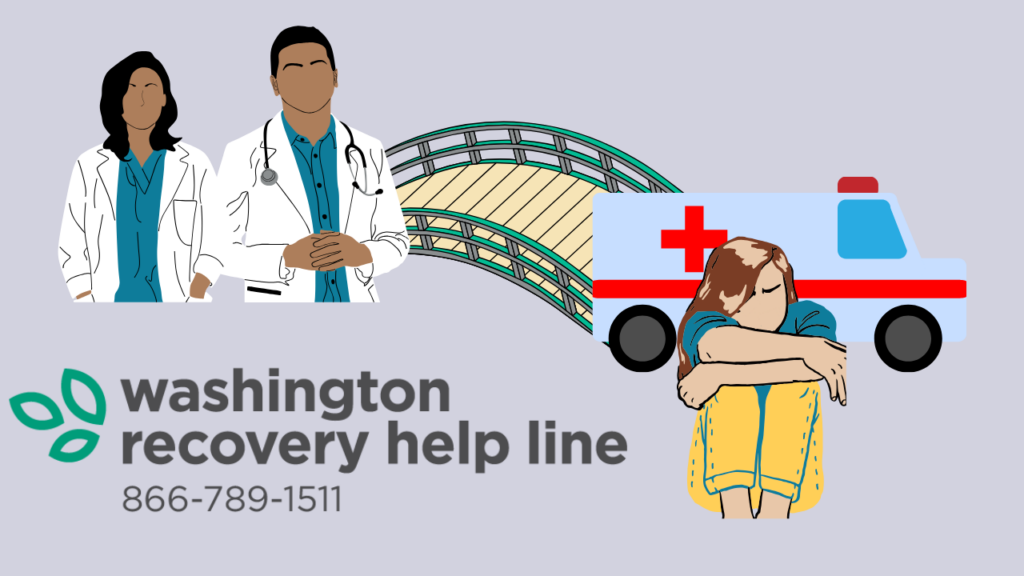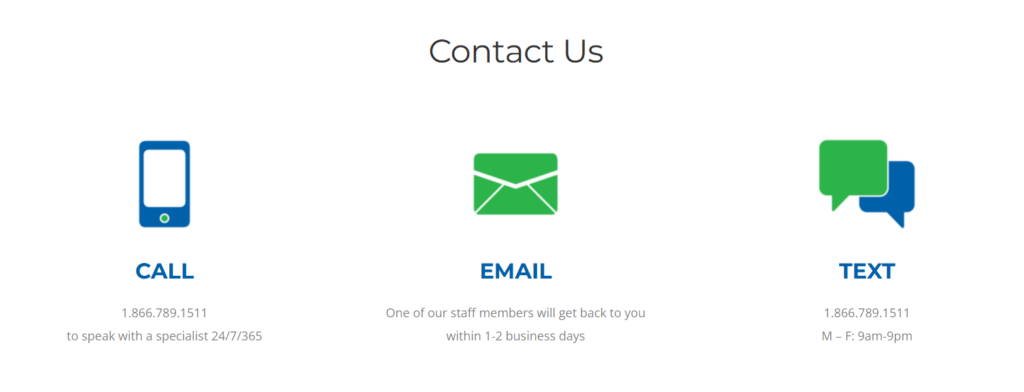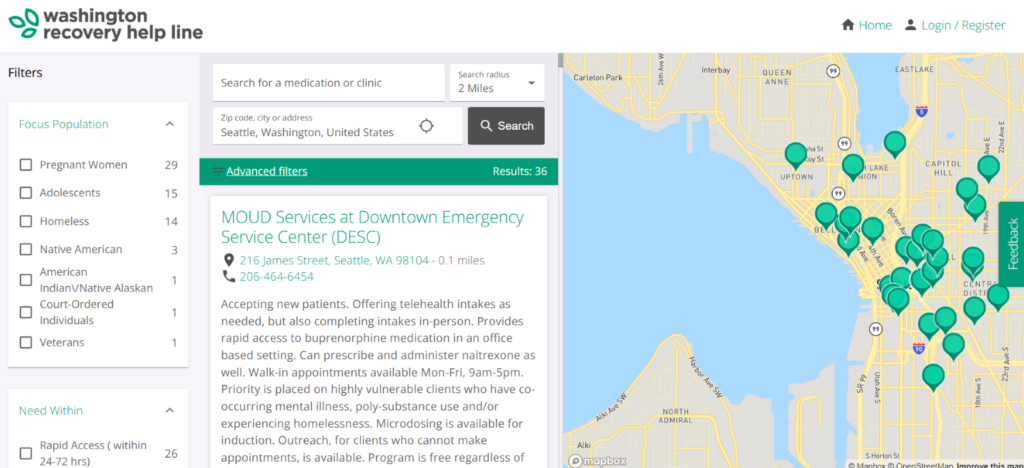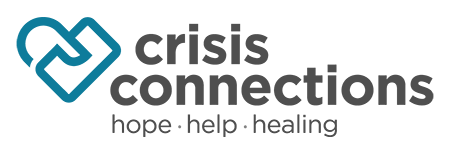What is the Bridger Program?

From February 2023 to February 2024, there were 102,996 reported deaths from drug overdoses in the United States. (CDC 2024). This potential connection to treatment is critical, when data from the annual National Survey on Drug Use and Health shows that in the past year, around 3 in 4 people who needed treatment for substance use in 2023 did not get it (SAMHSA 2024). In other words, 70.8 million people in the United States did not receive the support they needed.
Harm reduction services can reduce the number of deaths due to substance use and increase the number of people who receive support by providing resources needed to make positive change.
Recovery is complicated. Many people who have a substance use disorder (SUD) believe they would benefit from substance use treatment, yet do not seek it. Likewise, there are a wide variety of reasons why someone may use substances and not everyone wants to stop completely.
For someone who is using substances, the inability, or lack of desire, to access treatment is not a reflection of their character – for some, envisioning recovery feels impossible and managing withdrawal symptoms can often be so painful that it feels insurmountable.
No matter what stage of their journey, people who use substances need to be supported if they are to get to recovery – in the meantime, active users are at serious risk for disease and death from overdose. Fentanyl is an enormous issue now; when you cannot know for certain what the dosage is, it is especially easy to overdose. This is where harm reduction becomes an important philosophy and practice.
What is harm reduction?
Harm reduction is designed to “empower people who use drugs (and their families) with the choice to live healthy, self-directed, and purpose-filled lives (SAMHSA).” For example, having access to clean needles to prevent transmission of disease and Narcan, which can be administered to those who have overdosed to save them, all help protect substance users on their journey. Harm reduction can also look like only using substances with friends to ensure someone is there to help you if you are in a medical crisis.
Another strategy for harm reduction is prescribing Buprenorphine (or other similar medications) to help individuals manage the overwhelming withdrawal symptoms associated with opiates. Taking these prescriptions helps reduce withdrawal symptoms under the guidance and management of a doctor. However, many persons struggling with substance use find themselves in the ER rather than with their primary care physician in the moments where Buprenorphine could help them the most.
Doctors who see a patient for one visit often don’t feel comfortable prescribing a high dosage of Buprenorphine without knowing they will have follow-up care to continue safe and monitored dosage. It is for this reason that the Bridger program was created – to provide physicians with the support they need to engage in harm reduction strategies with patients.
How does the Bridger Program work?
Providers enrolled in the Bridger program are able to contact the WA Recovery Helpline to schedule follow-up care for patients with an appropriate clinic. Once an appointment is scheduled, physicians can provide patients with a “bridger dose” that will alleviate patients withdrawal symptoms, therefore making them more likely to engage with recovery strategies and receive longer-term support, and less likely to relapse. The helpline will also stay in touch with the patient to follow up for accountability and make sure they make their appointments. This is specifically a program between medical providers and the Washington Helpline, and is one of two programs in the country that is able to provide this much-needed service.
What else does Washington Recovery Helpline do?
Beyond this program, the Washington Recovery Helpline is a 24/7 phone line–-with a text option from 9am to 9pm M-F, and an email in which you will receive a response within 2 business days–for anyone struggling with substance use, problem gambling, or a mental health challenge in Washington State. We provide emotional support and can help you find resources near you.
If you are struggling with substance use: there are communities full of people who want to support you. The support for the Bridger program has been enormous and heartwarming; we are here for you, and we are ready to listen and meet you where you are. It is not weak to seek treatment, and we do not think you are a bad person for using substances.
If you are a family member or friend to someone who uses substances: we see you and are here for you too. Watching someone you care about struggle is challenging, and substance use issues can make it especially difficult to know what actions to take. No matter what you are feeling, we are here to listen without judgment.
Reach Out to the WA Recovery Helpline

Call/Text: 1.866.789.1511
Email: recovery@crisisconnections.org
Learn More: www.WaRecoveryHelpline.org

If you are an individual looking for medication to help with an opioid use disorder, this MOUD Locator can help you find options near you.
